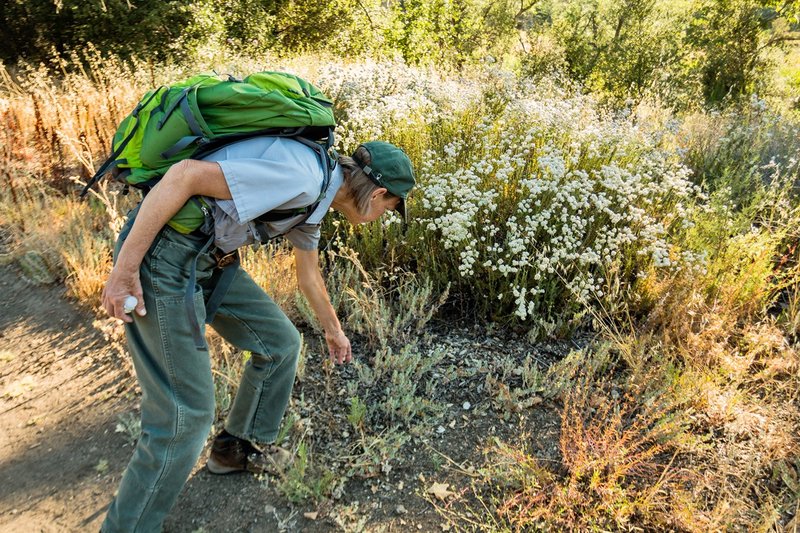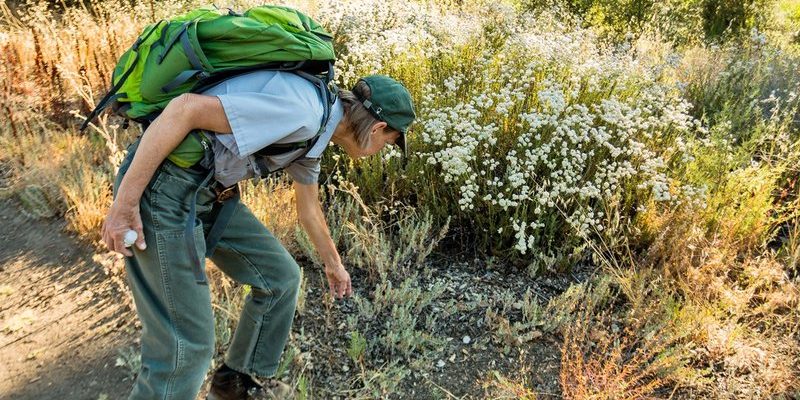
So, how do you handle these garden party crashers? It starts with being vigilant and knowing how to report and monitor them effectively. Whether you’re a seasoned gardener or just starting, understanding how to deal with invasives will keep your garden healthy and flourishing. Let’s dive into the best practices for identifying, reporting, and monitoring these unwelcome plants.
Understanding Invasive Species
Before you can monitor or report invasives, it’s essential to know what they are. **Invasive species** are plants or animals that are not native to your area and can cause harm to your garden, local ecology, and economy. They spread rapidly and outcompete native plants for resources like sunlight, water, and nutrients.
You might be wondering, why should I care? Well, imagine your favorite flower struggling to survive because a fast-growing weed is stealing its sunlight. This not only affects your garden aesthetics but also disrupts local wildlife that depends on native plants for food and habitat. Recognizing invasive species early on is crucial in preventing them from taking over your space.
Some common examples include **kudzu**, which can choke out trees and shrubs, and **Japanese knotweed**, known for its aggressive growth patterns. Familiarizing yourself with these plants will empower you to tackle them head-on.
Identifying Invasive Plants in Your Garden
Identifying invasive plants is like being a detective in your own backyard. Start by observing your garden regularly. Look for plants that appear out of place or seem to spread uncontrollably. You may notice some characteristic signs:
– **Rapid growth**: Invasive plants often grow much faster than your native plants.
– **Seeding abundance**: Many produce a lot of seeds, which can easily spread.
– **Lack of natural predators**: These plants thrive because local wildlife doesn’t eat them.
If you’re uncertain about a particular plant, consider using plant identification apps or local resources. Many botanical gardens or extension services have lists of invasive species specific to your region.
Here’s a little tip: take photos of plants you’re unsure about. This way, you can track changes over time and have a visual record to aid your identification.
Monitoring Invasive Species
Once you’ve identified invasive plants, it’s time to monitor them. Think of monitoring as setting up a regular check-up for your garden. You want to keep an eye on any changes. Here’s how:
1. **Regular inspections**: Make it a habit to check your garden weekly. Look for changes in growth, flowers, or signs of spreading.
2. **Mapping**: Keep a journal or map of your garden. Note where you find invasive species and their growth patterns. This will help you identify trends and understand how they’re spreading.
3. **Record data**: Take notes on things like how fast the invasive plant grows, when it flowers, and how it interacts with your other plants. Over time, this data can help you make informed decisions about what actions to take.
Monitoring isn’t just about removing plants; it’s about understanding how they work within your garden ecosystem. This knowledge will make you a more effective gardener.
Reporting Invasive Species
If you come across a serious issue with invasive species, it might be time to report it. Different regions have their own guidelines for reporting invasives, often through local agricultural extension offices or environmental organizations. Here’s what to consider:
– **Gather evidence**: Take clear photos and make notes about the plant’s location and characteristics.
– **Use local resources**: Check if your state or local government has an online reporting system. Many areas encourage gardeners to report sightings, especially of high-priority invasive species.
– **Engage your community**: Share your findings with fellow gardeners or local gardening clubs. You might inspire someone else to take action, too!
Reporting invasive species helps local authorities better manage the issue, leading to healthier ecosystems and gardens.
Effective Removal Techniques
Now, let’s talk about how to **remove invasive plants** once you’ve found them. It’s like cleaning up after the uninvited guests have overstayed their welcome. There are several effective methods to tackle invasives:
– **Manual removal**: For smaller infestations, pulling them out by hand can be effective. Make sure to get the entire root to prevent regrowth. It can be tough work, but think of it like weeding—you’ll feel satisfied afterward!
– **Mulching**: Covering the ground with mulch can suppress weeds and invasive plants. Use wood chips or straw to create a barrier that limits light.
– **Herbicides**: Sometimes, manual methods aren’t enough. If you choose to use herbicides, be very careful. Make sure to research and select products that are effective against the invasive species while being safe for your garden and the environment.
Each method has its pros and cons, and you might need to try a combination of them for the best results.
Creating a Healthy Ecosystem
One way to combat invasives is to focus on creating a healthy garden ecosystem. Think of your garden as a community where every plant has a role. Here’s how to build that harmony:
– **Plant natives**: Incorporate native plants into your garden. They’re adapted to local conditions and provide food and habitat for native wildlife, making it harder for invasives to thrive.
– **Encourage biodiversity**: A diverse garden is a resilient garden. Plant various species that can support each other, creating a balanced ecosystem.
– **Use companion planting**: Some plants naturally repel invasive species or pests when grown together. Research which plants work well alongside your existing flora.
By focusing on ecological balance, you not only fight against invasive plants but also enjoy a thriving, vibrant garden.
Engaging with Local Resources
Don’t forget to tap into local resources! Many areas have extension services, conservation groups, and community gardens that address invasive species and how to manage them.
– **Join workshops or classes**: Many local gardening clubs offer educational opportunities where you can learn about managing invasives.
– **Connect with neighbors**: Share insights with fellow gardeners. You might learn new strategies, and it fosters a sense of community.
– **Participate in community events**: Many communities organize events to clean up invasive species. Getting involved not only helps your garden but also contributes to local conservation efforts.
When you connect with others, you’ll find support and gain knowledge that can enhance your gardening experience.
In closing, dealing with invasive species doesn’t have to feel overwhelming. With awareness, consistent monitoring, and proactive removal strategies, you can keep your garden in check. Embrace the challenges of gardening, knowing that every step you take helps create a healthier ecosystem. Remember, your garden is a living, breathing entity, and it deserves the care and attention that only you can provide. Keep your eyes open, stay informed, and enjoy all the beauty that your garden has to offer. Happy gardening!

